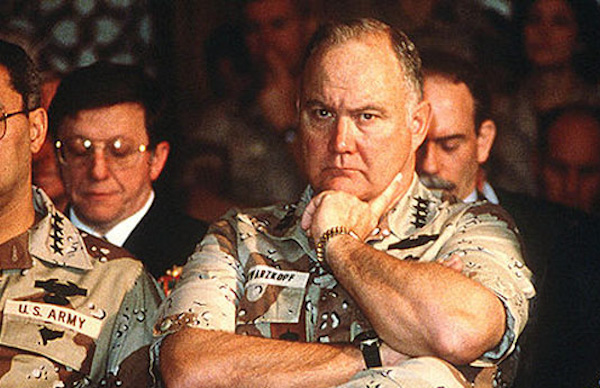
“I always wore two watches during the [Gulf] war. The one on my left arm was set on Saudi Arabian time and the Seiko on my right arm was set on Eastern Standard Time. That way I could quickly glance at my watches and instantly know the time in both Saudi Arabia and Washington, D.C. Sincerely, H. Norman Schwarzkopf General, U.S. Army, Retired.” Words from recently departed General Norman Schwarzkopf in a letter to the Antiquorum auction house in the late 1990s when he donated one his watches for a charity auction.
The watch was a Seiko SKX009 diver and was on his wrist for at least the entirety of the early 1990s Gulf War. According to the letter and many images from the time, General Norman Schwarzkopf indeed “double wristed it” with a watch on each wrist. Mark of a true watch guy? At auction, the Seiko which can be purchased new for about $200 today went for $11,000.
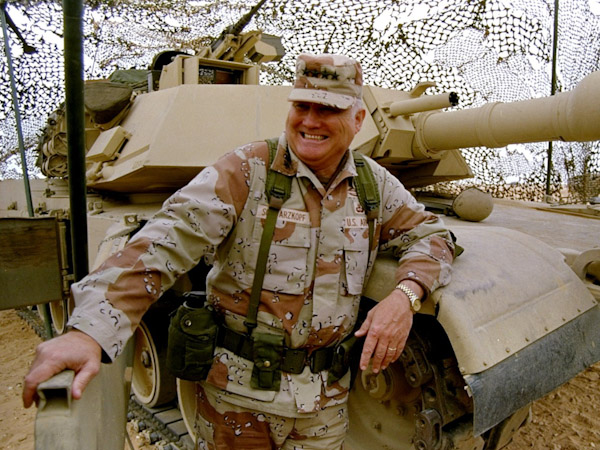
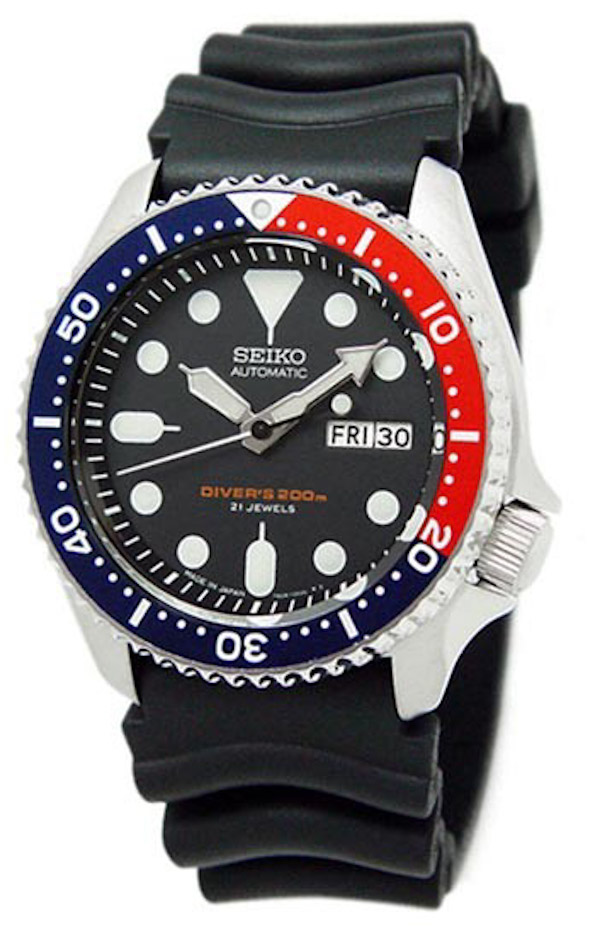
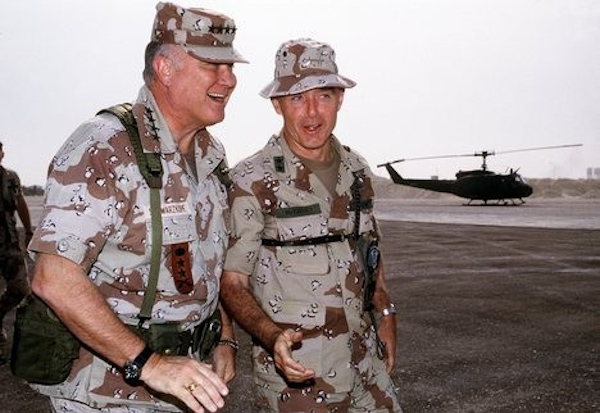
Four star generals in the US military are quite rare but “Stormin’ Norman” was among them. His strategic brilliance and legendary temper made him one of the 20th century’s most iconic and archetypal major military leaders. Retired, he died at the age of 78 years old in Tampa, Florida several days ago at the end of 2012. One of his most famous quotes was “It doesn’t take a hero to order men into battle. It takes a hero to be one of those men who goes into battle.”
I would be doing a great disservice to the many qualified military historians and tactical experts who are more knowledgeable than I in discussing the life and career of General Norman Schwarzkopf. So I will merely mention brief items of interest. More information about General Schwarzkopf is of course available on his Wikipedia page here.
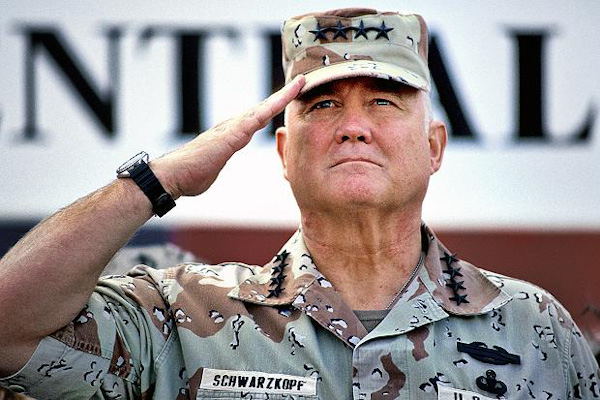
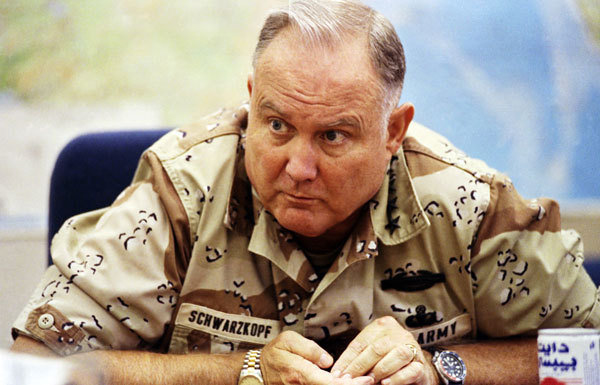
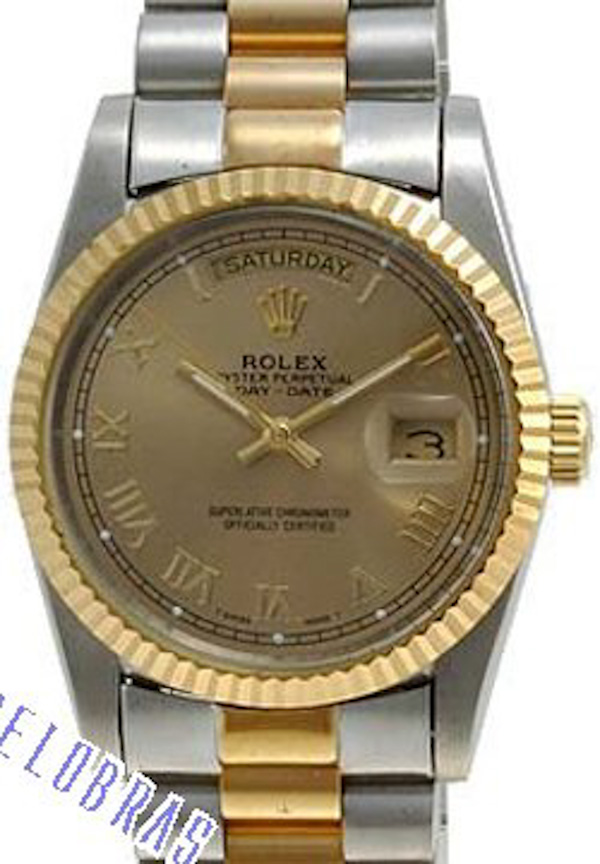
General Norman Schwarzkopf was born in New Jersey with his father being a military and police man. He moved to Iran when he was 12 with his family which offered him early exposure to the Middle East. Schwarzkopf was a lifelong military man but spent a lot of his time earning degrees. Most of his childhood was spent in some form of military prep school, and he later attended the United States Military Academy in New York, which we also often refer to as “West Point.” A few years later he moved to Southern California to study mechanical engineering at USC. In the 1960s Southern California and Los Angeles was a hotbed of aeronautical development, which meant it was the best place to study advanced mechanical engineering at that time. Later still General Norman Schwarzkopf went to the United States Army War College in Pennsylvania to study more high-level strategy and leadership.
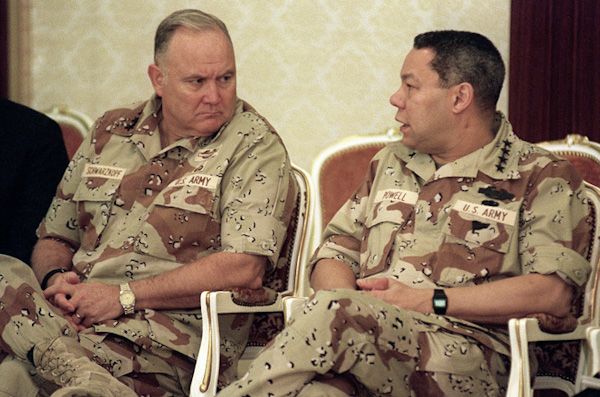
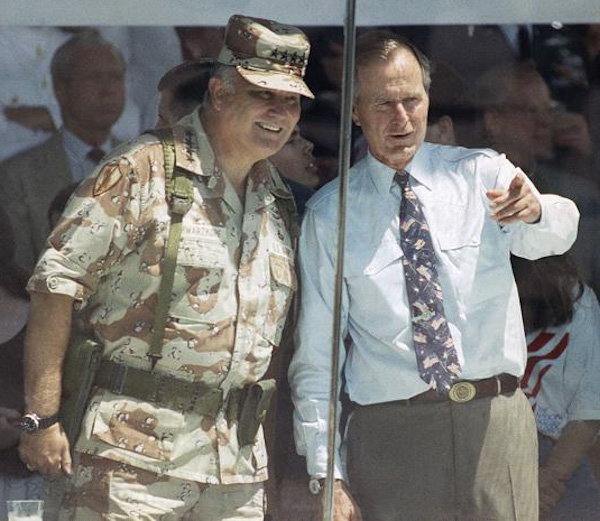

General Norman Schwarzkopf served considerably in Vietnam, continuing to rise in military rank. In the 1970s he first achieved the rank of General. In the 1990s he led the US forces in the Persian Gulf during the Gulf War. It was an extremely decisive victory, taking the US military only about 100 hours to gain control over the region and ejecting the Iraqi forces from Kuwait. It is during that time that General Norman Schwarzkopf wore the two watches. Check out an excellent video presentation by the General on how we so easily were victorious in the Gulf War from the early 1990s.
It is the general belief (or perhaps hope) that military personnel wear military watches. General Norman Schwarzkopf certainly didn’t on either wrist. Both of his timepieces were quite civilian, and it is somewhat amusing or perhaps charming that rather than wear a single watch with two timezones, he wore two separate watches. As a dive-style watch, the Seiko was both comfortable and legible. It served as a beater or desk diver watch of many, and for General Norman Schwarzkopf it was reliable timepiece he wore all the time. While an automatic version of the Seiko is available, Schwarzkopf’s model was a quartz piece. That would have made more sense at the time as quartz was far more popular than mechanical watches and considered the highpoint of wrist watch technology.
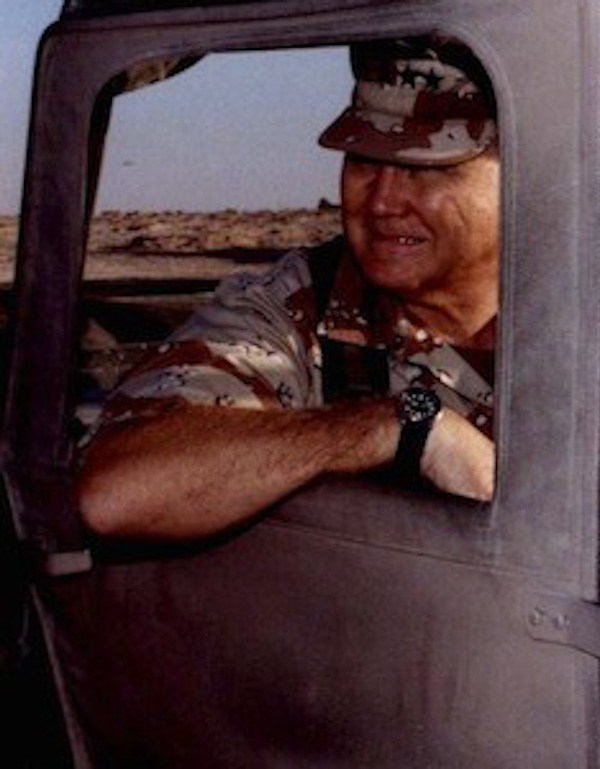
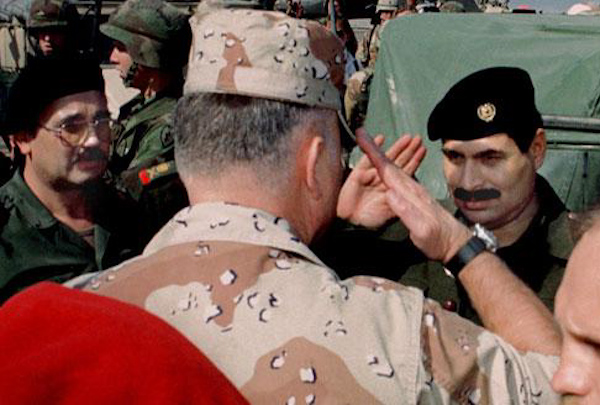
His second watch is a bit more of an interesting, though logical choice. It strongly appears that General Norman Schwarzkopf also wore a Rolex. It is unclear exactly what model, but it is probably a two-tone (steel and gold) Rolex Day-Date. However, a reader pointed out that Rolex does not actually officially made two-tone Day-Date models. This watch is also know as the Rolex President (because it was historically worn by several US Presidents and other world leaders). For General Schwarzkopf to have purchased or been gifted this watch during the 1980s makes a lot of sense.
The Rolex could have also been a Rolex Datejust model, which is of course similar to the Day-Date. However, the style of two-tone bracelet on Schwarzkopf’s wrist was used primarily on Day-Date models. The watch has a steel case with a fluted gold bezel, as well as what looks like a gold-toned dial. These pieces are not entirely common so finding a precise picture was difficult. Shown are examples, or similar watches to what could have been on General Norman Schwarzkopf’s wrist adjacent to the Seiko. The jury is still out on exactly what type of Rolex it was, or if it was a Rolex at all.
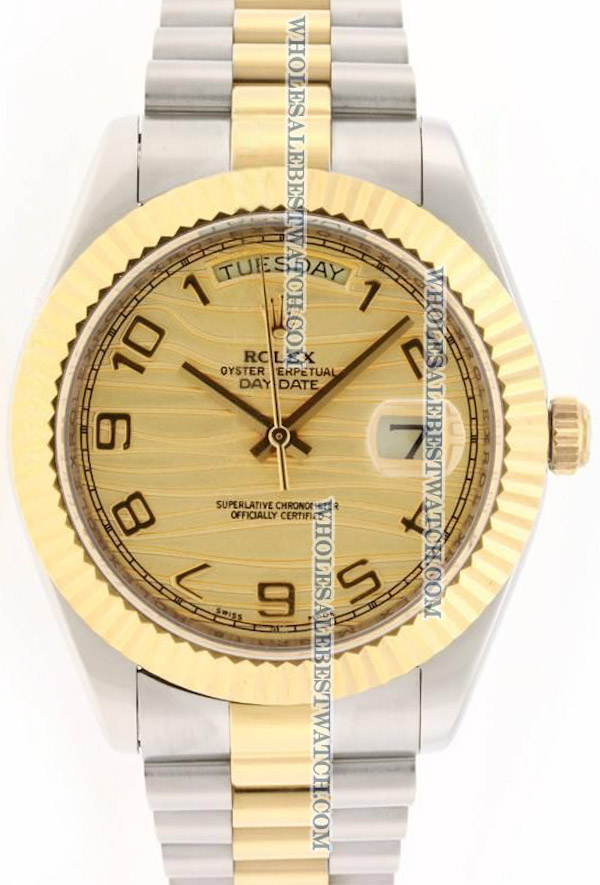
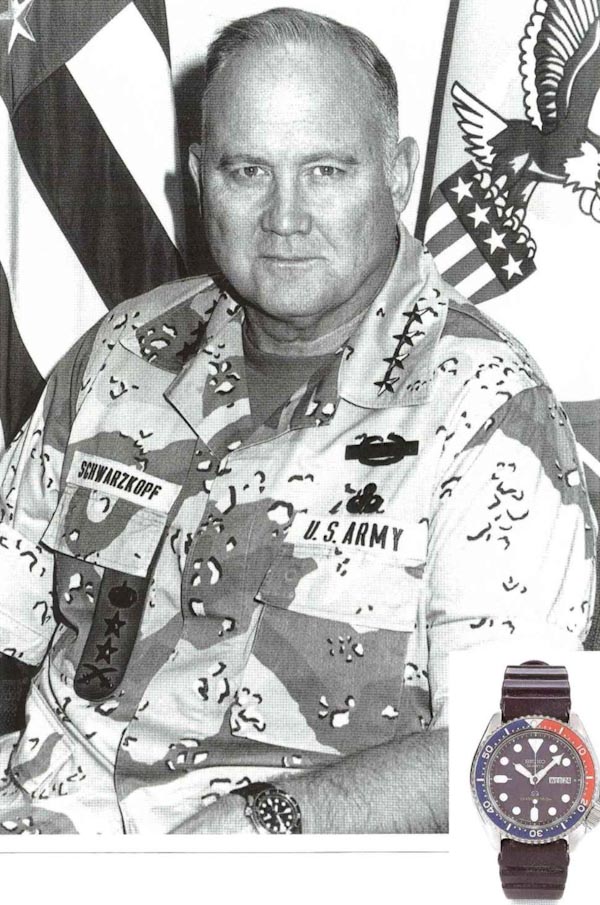
The Rolex Day-Date and Datejust are two very “copied” designs. Even Seiko made a range of clone models. It is possible, but not terribly likely that the Rolex-style watch was a different make. However, given General Norman Schwarzkopf’s position in life and social status, it was entirely likely that it was a genuine Rolex timepiece. Another piece of evidence to support this position is that it is my experience that engineers tend to be “watch guys.” As an engineer himself, it is entirely likely that Schwarzkopf not only appreciated good watches, but would have wanted to own them.
None of this per se indicates that General Norman Schwarzkopf was a collector or fine watch aficionado, but it is an interesting segment of history that further grounds these two pieces in the real world. An appreciation of watch models and brands so frequently revolves around not only their history, but figures in history who chose to wear them. This is especially important because so often today famous people seen wearing watches are paid spokespeople or “friends of the brand.” Schwarzkopf was neither and wore these two timepieces (among others in his life) entirely because he wanted to. America has unfortunately lost another stellar military leader, but he had by most accounts, an excellent life. Rest in peace General Hubert Norman Schwarzkopf.
Thanks to an aBlogtoWatch reader and members of sites like WatchUSeek for their discussion on General Shwarzkopf and his watches.